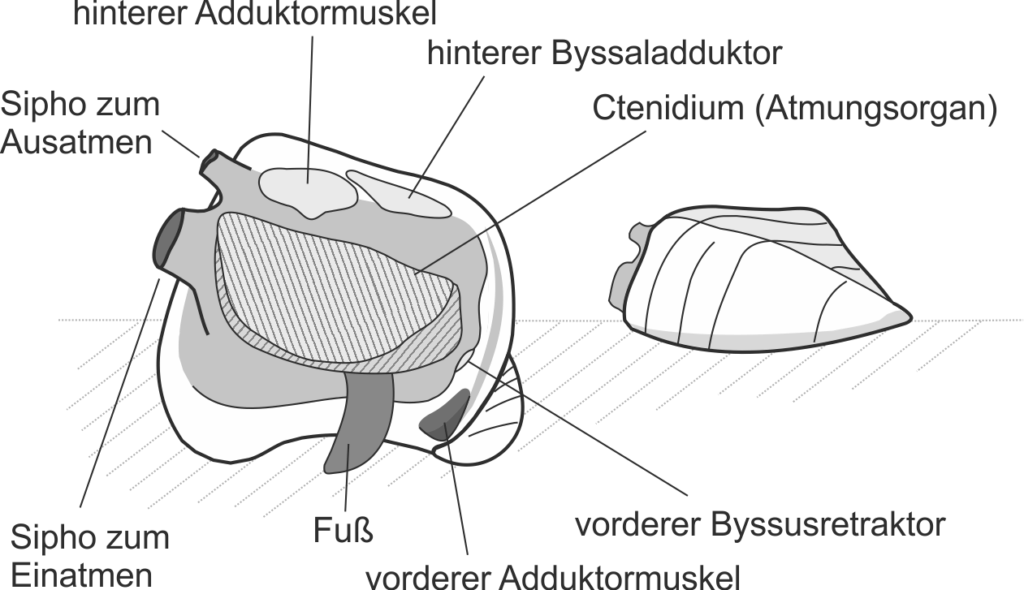September 2025: Pannonian zebra mussel
Congeria subglobosa Partsch, 1835
Cenozoic: Neogene, Pannonian, c. 10 million years
Matzleinsdorf in Vienna, Austria
Zebra mussels (family Dreissenidae) have existed since the Early Eocene, about 50–56 million years ago. While diversity was comparatively low during the Eocene and Oligocene, the number of species increased dramatically during the Miocene. A first wave of diversification occurred in the Dinaride Lake System in Croatia and Bosnia and Herzegovina during the Middle Miocene. Many species were endemic, i.e., restricted to specific lakes. A second, even more significant phase of speciation occurred in Lake Pannon during the Late Miocene. At its peak about 10 million years ago, this vast, brackish ecosystem stretched from Vienna in the west to Transylvania (Romania) in the east, and from Slovakia in the north to northern Serbia in the south. The lake existed for about 7 million years until it was finally completely filled with sediment by the palaeo-Danube and other rivers.
The zebra mussels of Lake Pannon provide a striking example of morphological and ecological evolution. Starting with small, typically triangular-shaped species, a multitude of different shell types developed. These ranged from species with unusually elongated shells to enormous, square to spherical shapes with particularly thick shells—like the specimen exhibited here. Congeria subglobosa is one of the largest known species of zebra mussels. This common mussel also represents an important zonal fossil for the middle Pannonian period. Because of their similar shape, fragments of this species were described as “fossilized goat claws” as early as the early 19th century.

Congeria lived on muddy, oxygen-poor substrates. Because of the often rich accumulations of this species, it is assumed that they lived symbiotically with chemosynthetic bacteria. These provided the energy needed to survive in these otherwise hostile conditions and to develop their thick shells.
Foto: Congeria subglobosa Partsch, 1835 from Matzleinsdorf in the 5th district of Vienna.
With the disappearance of Lake Pannon and other brackish waters surrounding what was then the Paratethys Sea, the dreissenids experienced a significant decline. Only in the recent past have they spread again, primarily due to human activity. Since the mid-20th century, the zebra mussel (Dreissena polymorpha) and the quagga mussel (Dreissena bugensis) have been invasive in many European countries. At the end of the century, they were also introduced to North America.
Thomas A. Neubauer, Munich

Reconstruction of the anatomy and mode of life of Congeria subglobosa (modified after Harzhauser & Mandic 2004, Palaeogeogr. Palaeoclimatol. Palaeoecol.).



